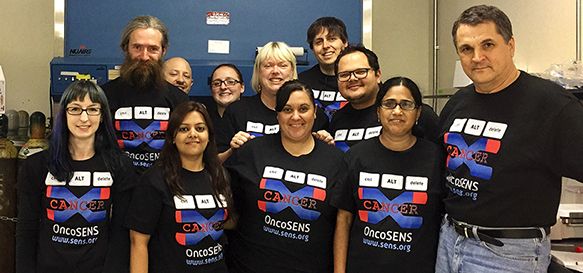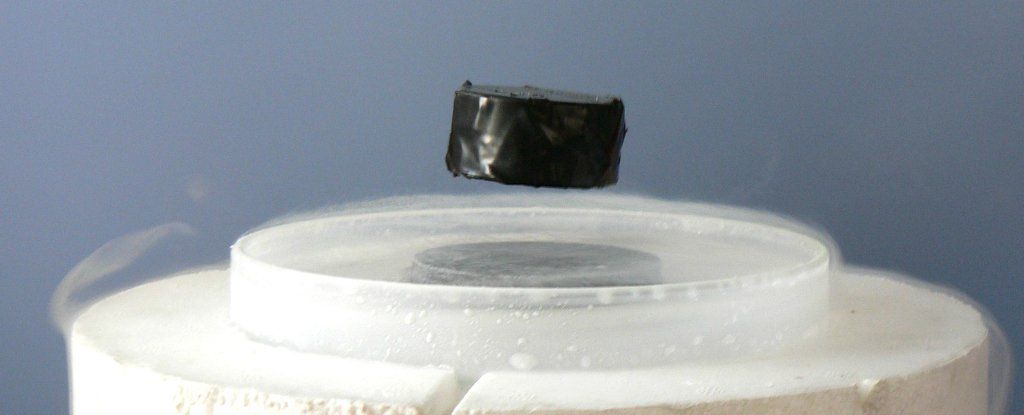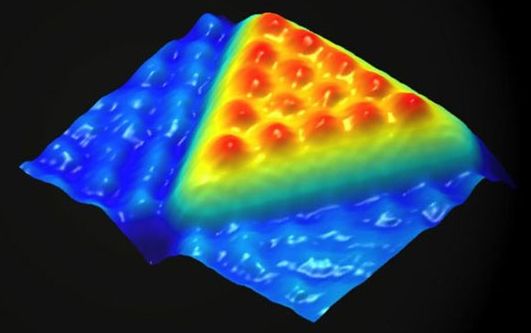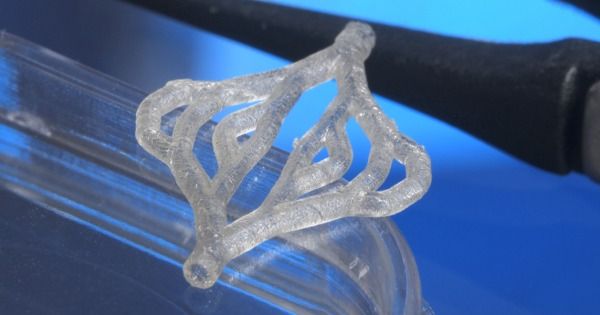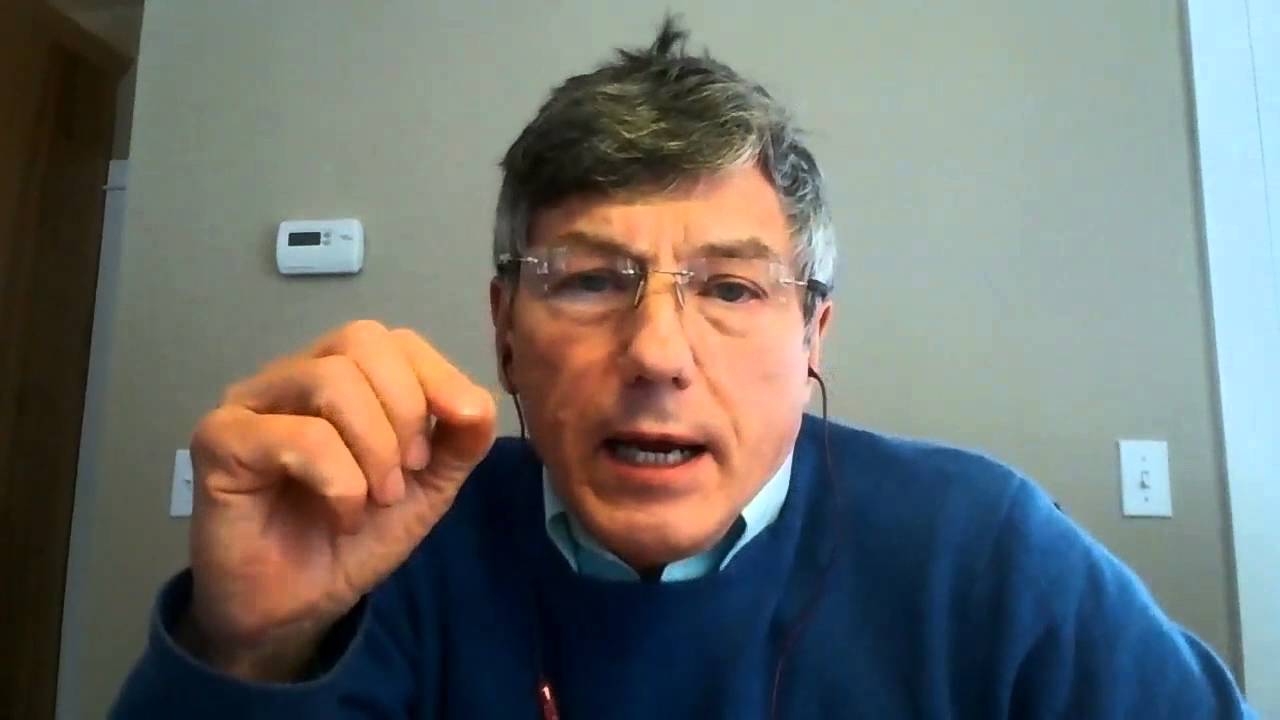Aging leads to diseases and ultimately death. Time for people to ditch the semantics and recognise that aging and disease are not two mysterious independent processes but are in fact one and the same.
Aging leads to the diseases of aging and the discussion is largely a matter of semantics.
“The concept of aging is undergoing a rapid transformation in medicine. The question has long been asked: Is aging a natural process that should be accepted as inevitable, or is it pathologic, a disease that should be prevented and treated? For the vast majority of medicine’s history, the former position was considered a self-evident truth. So futile was any attempt to resist the ravages of aging that the matter was relegated to works of fantasy and fiction. But today, the biomedical community is rethinking its answer to this question.
The controversy has been fanned, to a great extent, by one Aubrey de Grey, a Cambridge University–trained computer scientist and a self-taught biologist and gerontologist. Over the past decade, de Grey has undertaken an energetic campaign to reframe aging as a pathologic process, one that merits the same level of attention as, say, cancer or diabetes.”
#aging #sens


